Combining fresh design, reliable technology, and fabric protection, the Weinor Semina Awning ensures durability, style, and long-term performance.
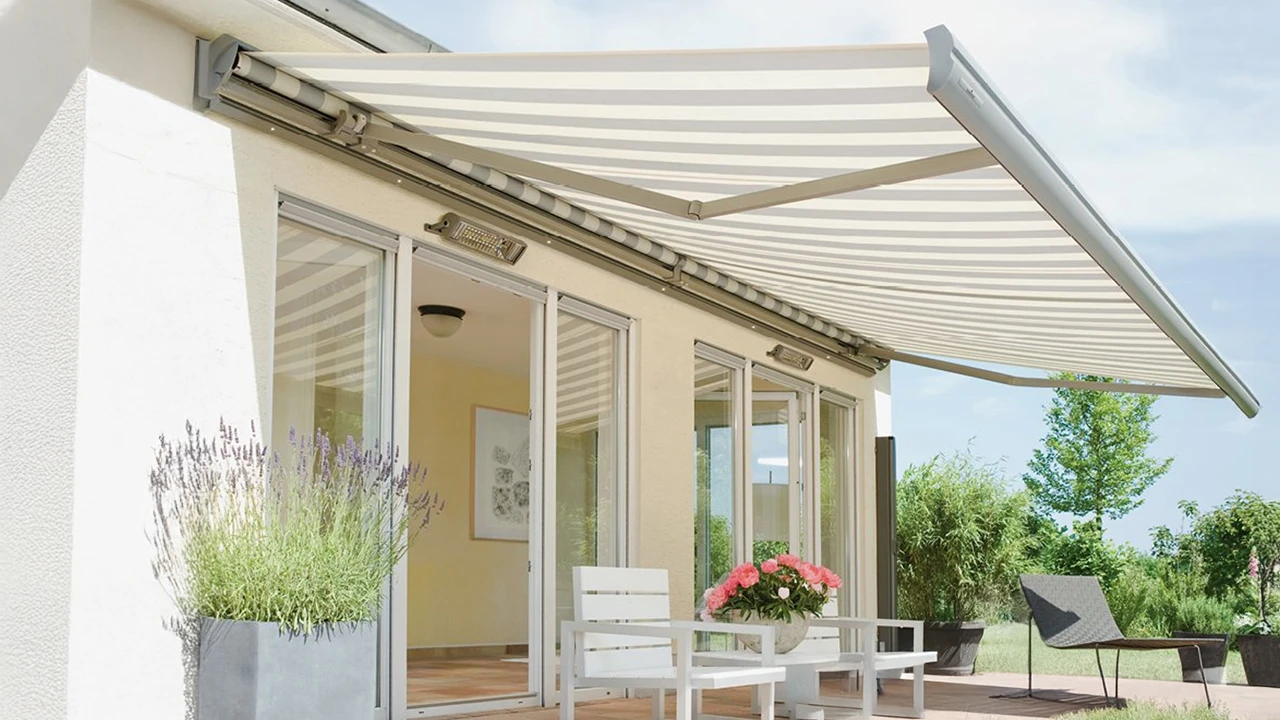
Compact semi-cassette awning with quiet LongLife arms, strong performance, sleek design, and customisable colours and fabric options for flexible outdoor shading.
The semi-circular housing and large front profile shield the fabric and mechanism from weather and dirt.
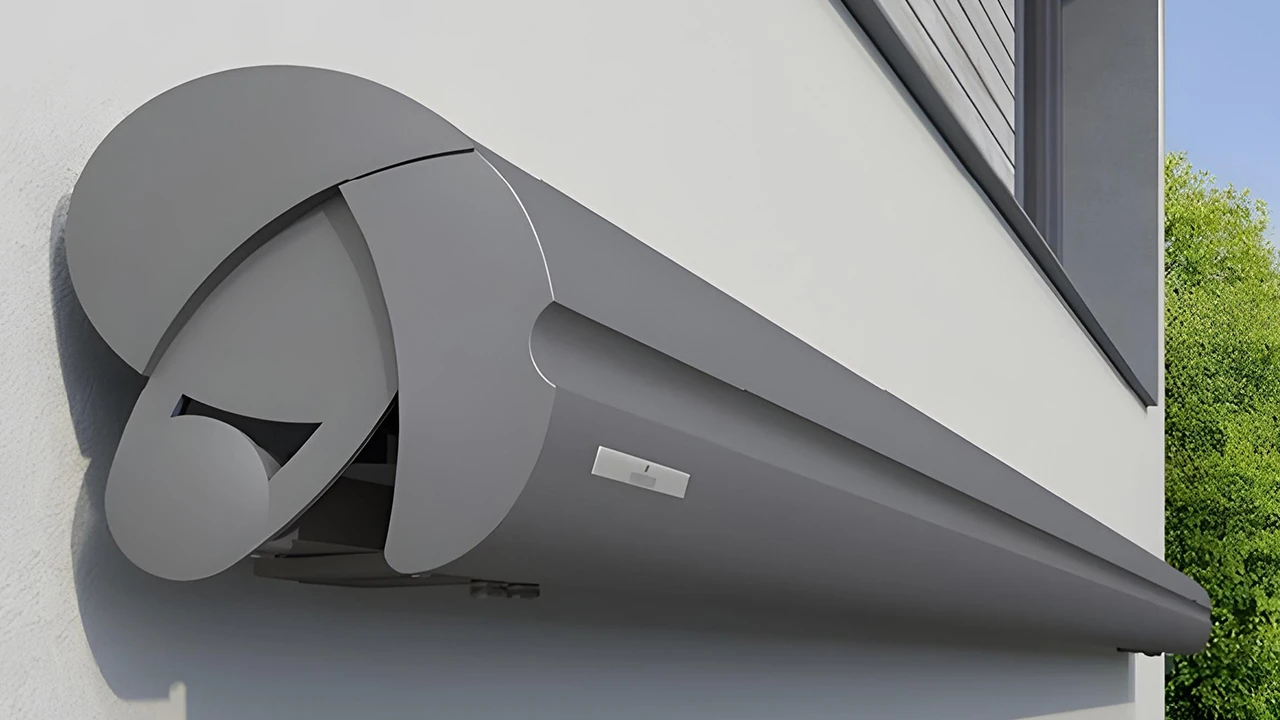
Extend your time outdoors with the optional LED light bar, offering warm white evening lighting for added patio comfort.
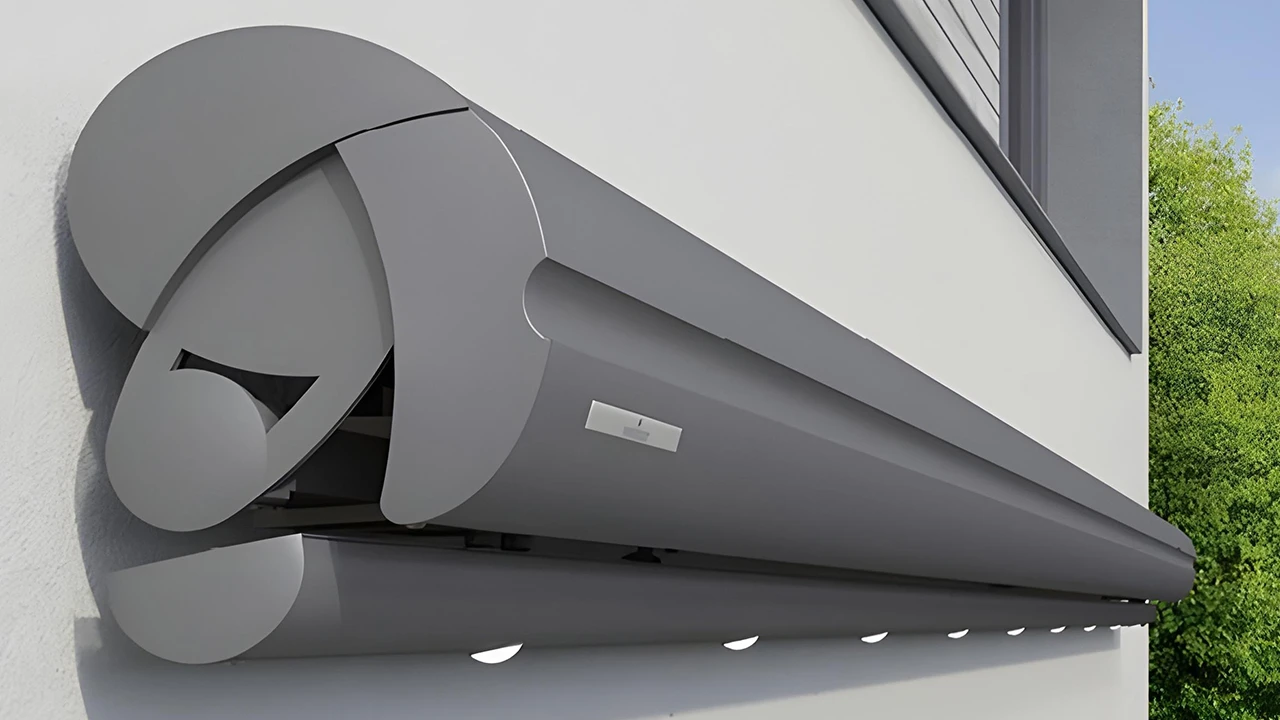
The low-noise Weinor LongLife arm stands out with its strong tension, keeping the fabric stable even in gusty winds.
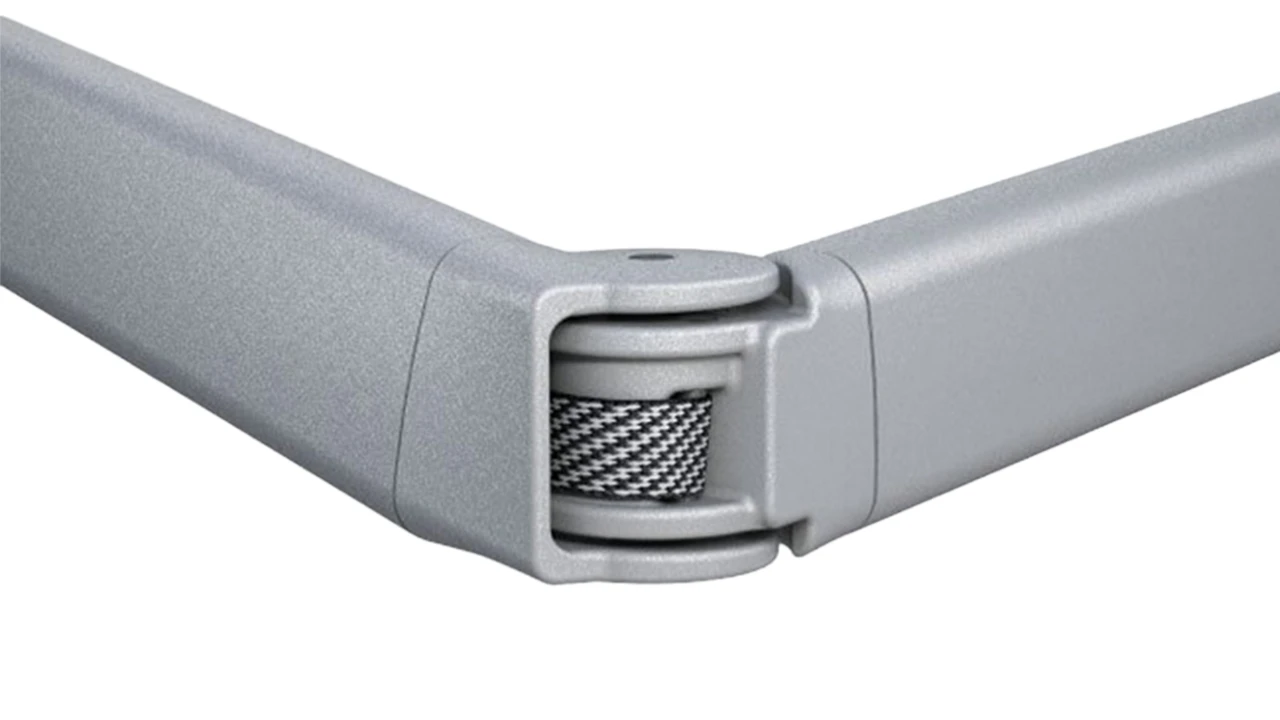
With outstanding wind resistance, the Semina easily withstands wind speeds up to level 5 on the Beaufort scale.
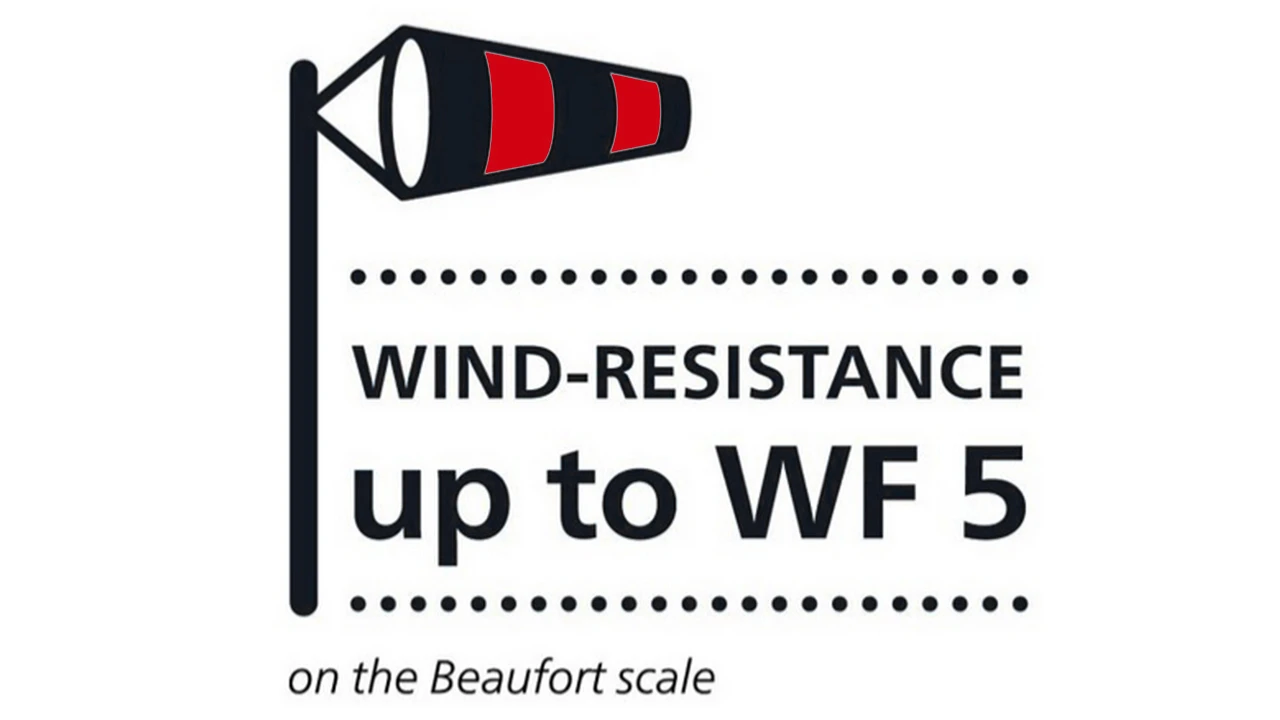
A stylish and practical solution to enhance your outdoor living space. Its sleek design and reliable performance provide comfortable shade and protection, allowing you to enjoy your patio or garden more often. With customisable options to suit your home's aesthetics, it adds both functionality and value to your property.
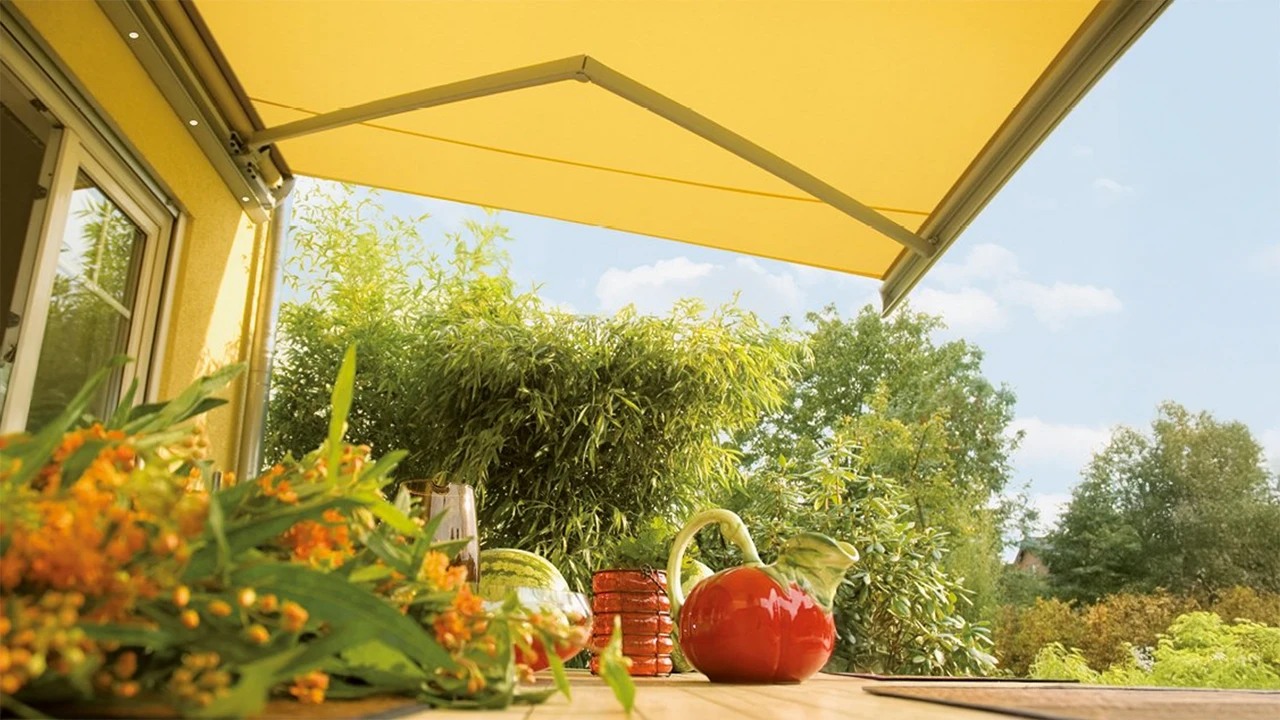
Your email address will not be published. Required fields are marked *